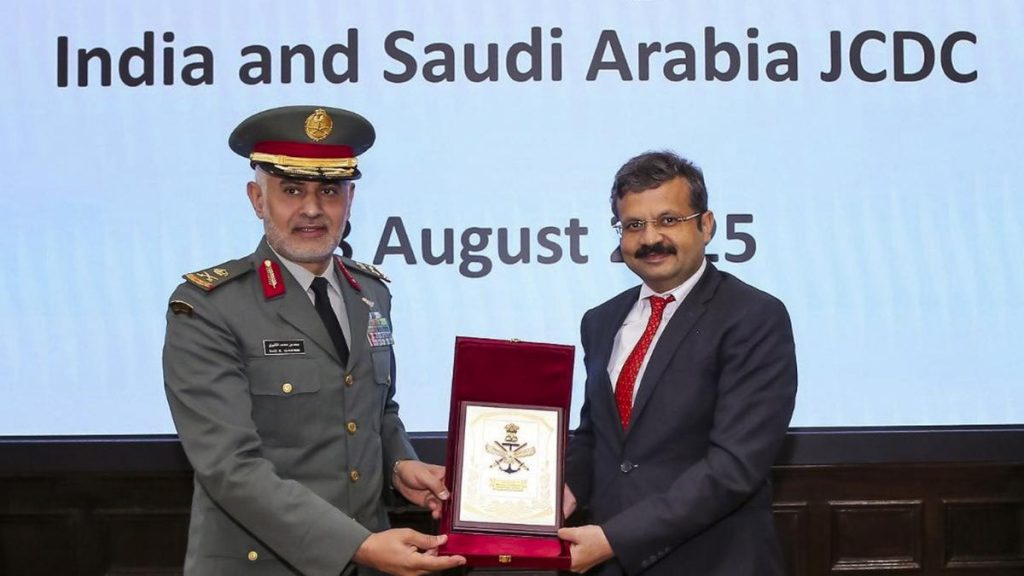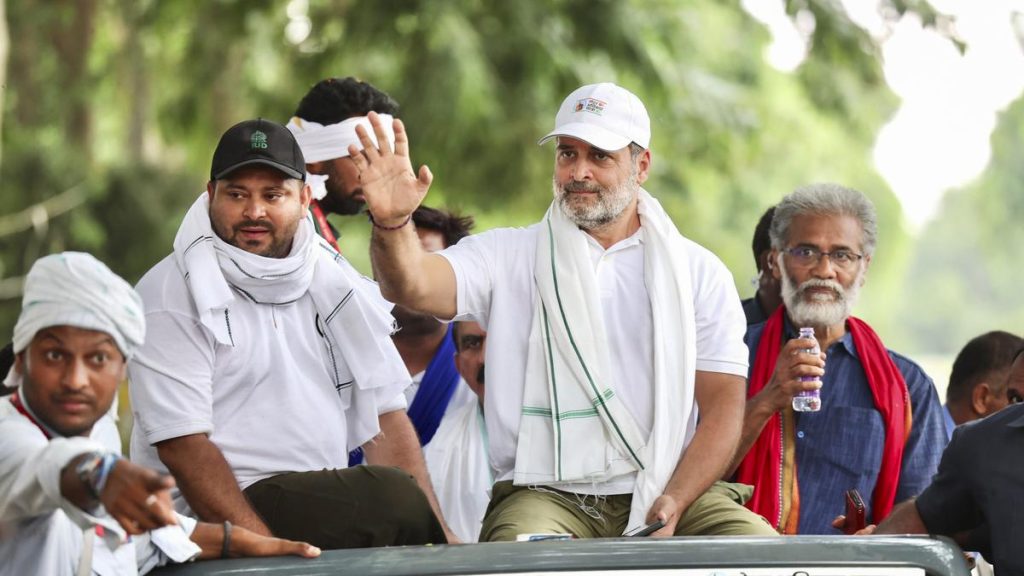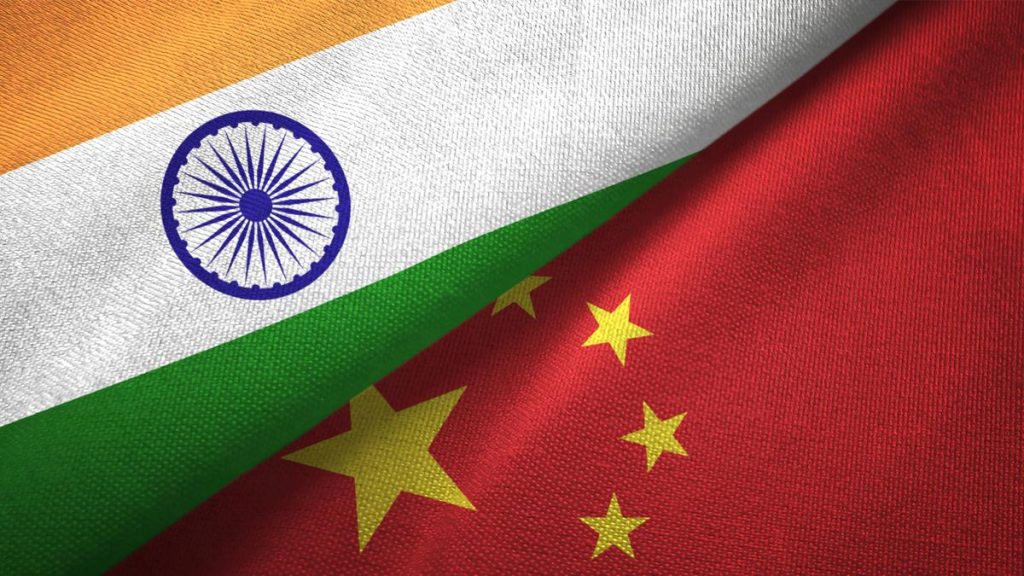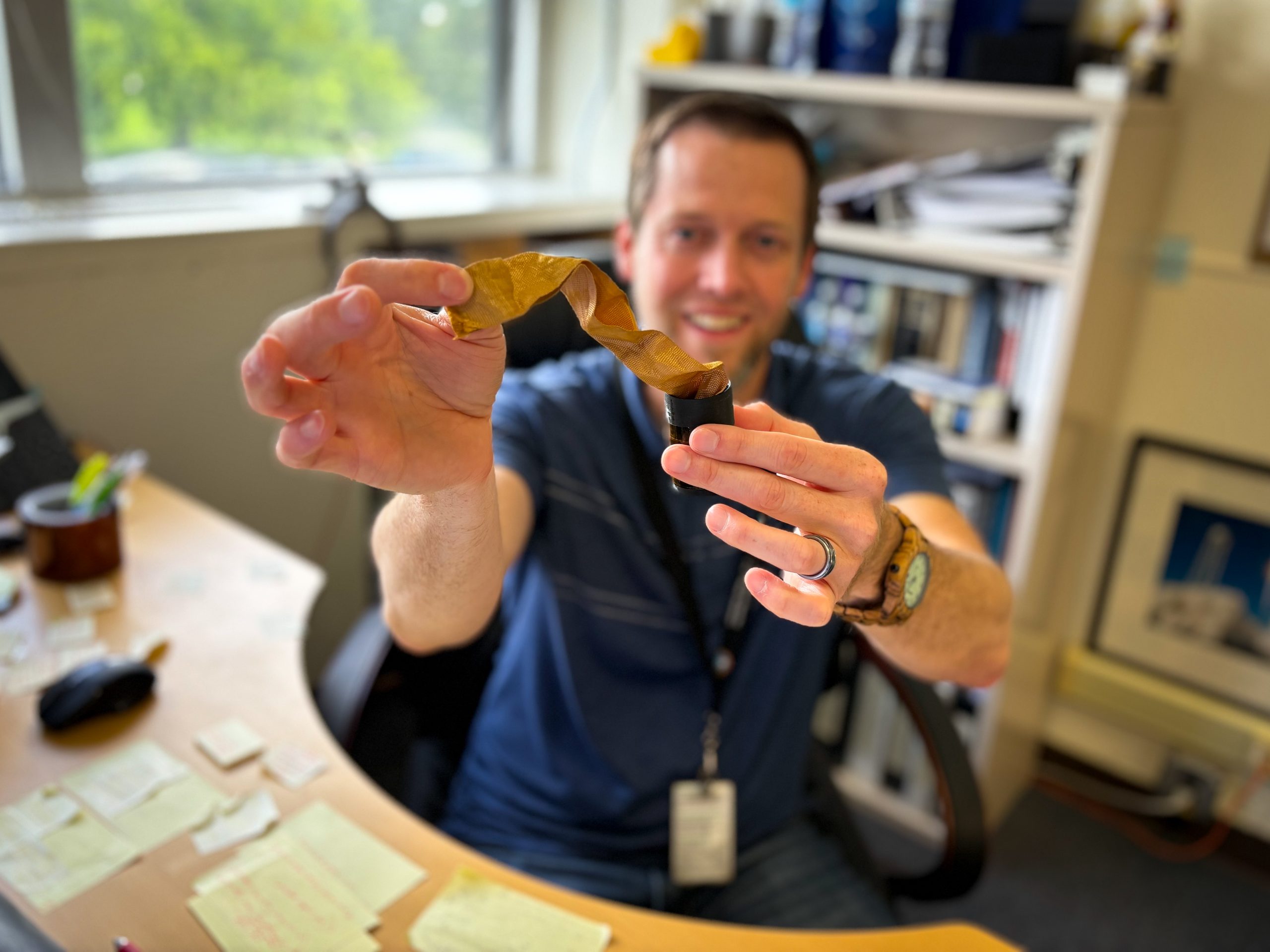Now Reading: NASA Unveils Team Behind Artemis II Moon Mission
-
01
NASA Unveils Team Behind Artemis II Moon Mission
NASA Unveils Team Behind Artemis II Moon Mission
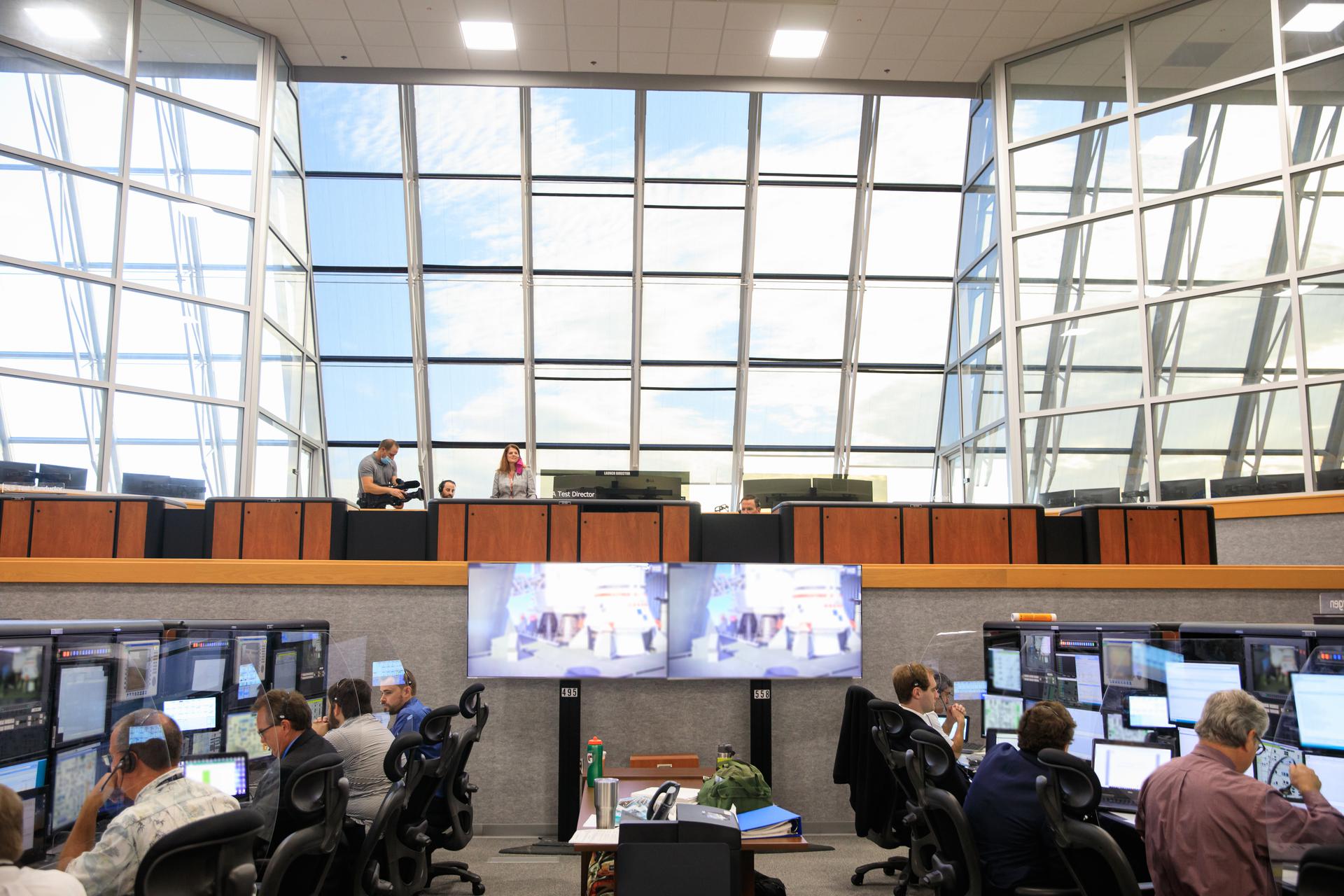
Speedy Summary
- NASA’s Artemis II mission is scheduled for 2026 to send four astronauts around the Moon as part of its lunar exploration program.
- The mission involves coordination among several expert teams:
– Mission Management Team: Led by Amit Kshatriya (Chair) and Matt Ramsey (Deputy Chair), responsible for monitoring risks, decision-making during crucial moments, and ensuring flight rules are adhered to.
– Launch Control Team: Managed at Kennedy Space Center by Charlie Blackwell-Thompson, overseeing rocket launch operations including countdown and troubleshooting.
– Flight Control Team: Led by jeff Radigan with specialized roles held by Judd Frieling (ascent) and Rick Henfling (return).Their role spans from booster ignition to the spacecraft’s safe splashdown in the Pacific Ocean. Interaction with the crew is facilitated through CapCom, handled by astronaut Stan Love.
– Landing recovery Team: Directed by Lili Villarreal with support from U.S. Navy and Department of Defense personnel near the landing site in San Diego to recover both astronauts and Orion capsule post-mission.
- Artemis II will serve as a key test flight before NASA’s planned lunar South Pole landing on Artemis III.
Indian Opinion Analysis
The Artemis II mission signifies a critical leap forward in global space exploration, representing humanity’s push beyond Earth’s atmosphere toward interplanetary endeavors. For India-already advancing its own space ambitions via missions like Chandrayaan-NASA’s meticulous planning methods present valuable insights into managing complex operations over interconnected teams.
Notably, NASA emphasizes rigorous risk management protocols led by experienced professionals such as Amit kshatriya of Indian origin who holds leadership obligation hear; his involvement underscores India’s growing representation in international scientific leadership. This collaboration bolsters possibilities for deeper engagement between ISRO and NASA in future joint missions.
Artemis II also sets expectations for multidisciplinary readiness-the integration of ground systems with cutting-edge technologies relevant even for India’s upcoming planetary pursuits like Gaganyaan or any Mars-bound expeditions contemplated after Mangalyaan.
While focusing on lunar exploration today aids broader scientific benefits tommorow,India may find inspiration both technically (e.g., propulsion systems oversight) or structurally from this methodology-a reminder that methodical efforts often precede groundbreaking achievements.


